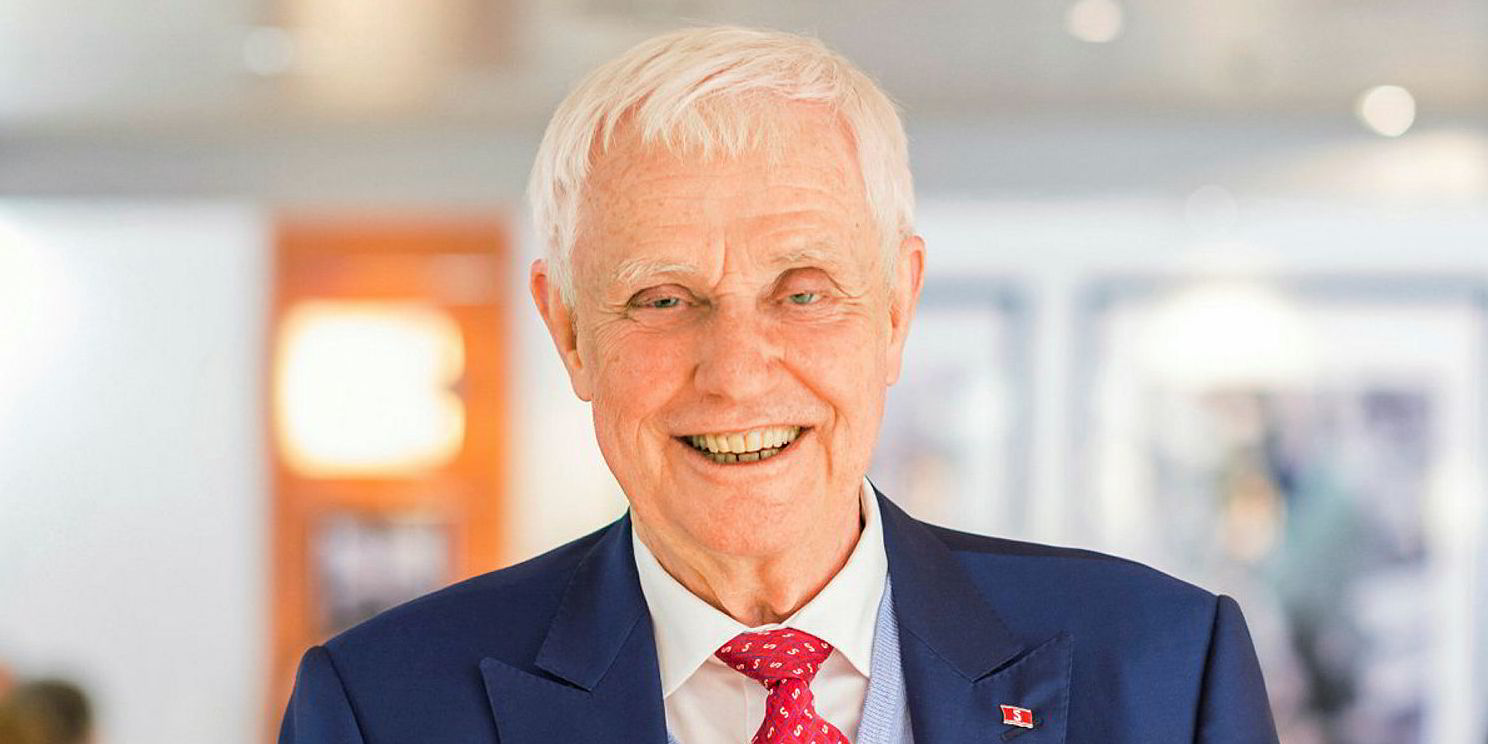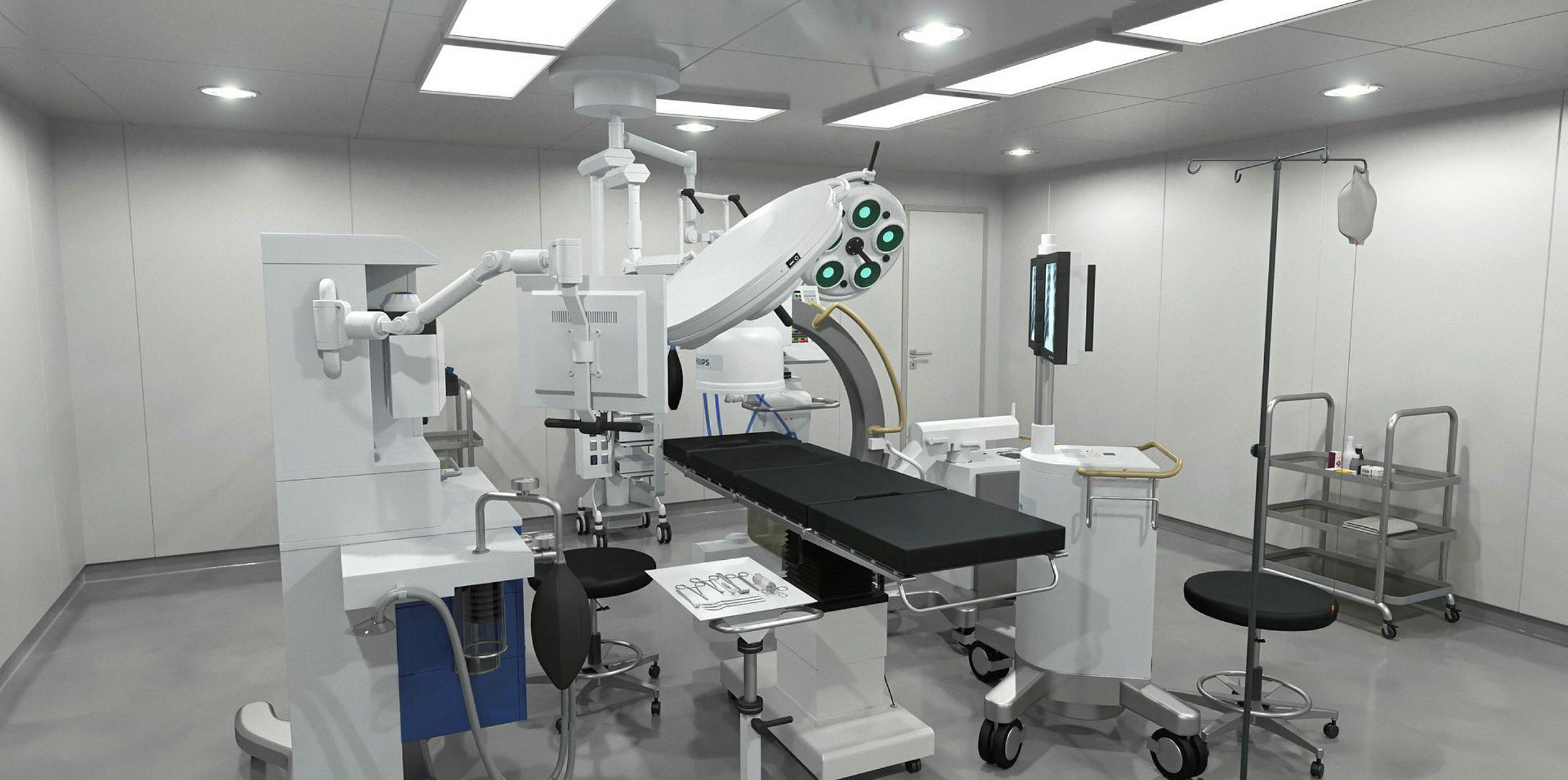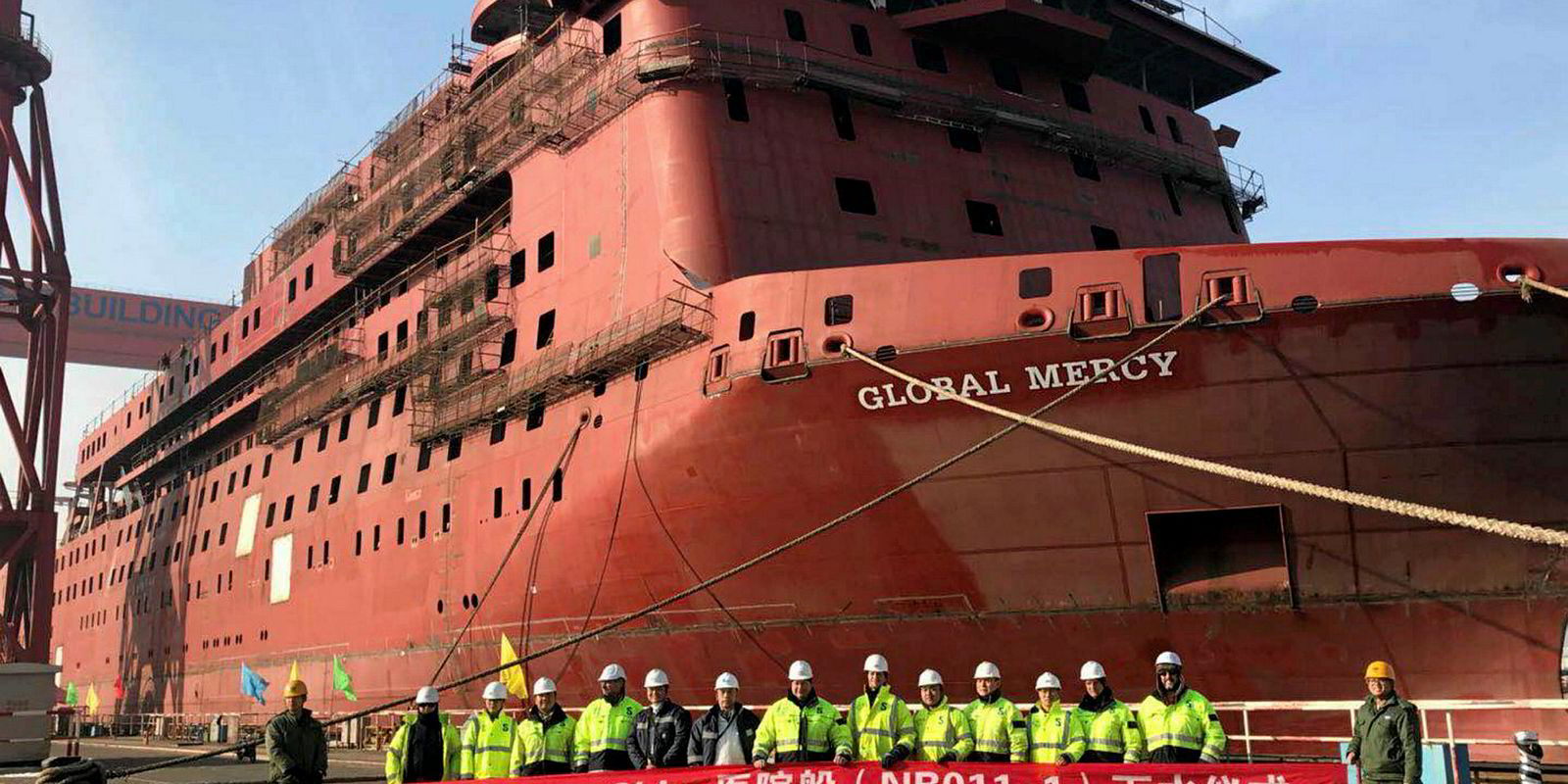Mercy Ships and Stena Ro Ro were able to blend hospital ship and ferry designs for the 37,000-gt Global Mercy newbuilding — but there are major differences.
Stena’s ropax ferries are designed to sail a lot faster than the 12-knot service speed of the Global Mercy, which has a diesel-electric propulsion system as it spends a long time berthed.
Cabins on the hospital ship are bigger as more than half the volunteers stay on board for a year, and public spaces and meeting rooms serve different functions to those on a passenger ship.
It has taken a long time for the complex vessel to be built since its keel was laid in December 2015.
Jim Paterson, senior consultant of marine operations for Mercy Ships, said: “We knew there could be delays because we were the first passenger ship to be built to international regulations in China.”

The ship’s heating and ventilation system has been especially adapted to minimise vibration and noise. Nothing like it before had been attempted on a ship built in China, while a sophisticated solid and liquid waste handling system was also new to the yard.
“The hospital scares everybody but, from a construction point of view, is not so difficult,” Paterson said. “It is just a bunch of rooms. Obviously, the HVAC [heating and ventilation system] is different, and we have a piped oxygen delivery system.”
Safe return to port rules requiring ships to be able to get underway at six knots in a Beaufort scale force 8 gale when half the machinery has failed were new when the contract was signed in 2013. It meant six months were lost in the design phase ensuring it would not be a problem.
In any case, the Global Mercy has the advantage of being equipped with two ABB Azipod thrusters and its main engines.
The Global Mercy has to undergo sea trials before delivery to Mercy Ships, but Paterson said more than 90% of the vessel’s interior is finished.
“Just like building a house, it is the last 5% to 10% that takes most of the effort finishing off,” he said.
Hospital equipment will be put in close to the end to avoid damage, and CT scanners, X-ray machines and sterilising equipment will all be installed by the end of October.(Copyright)





